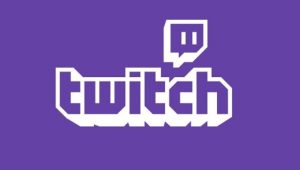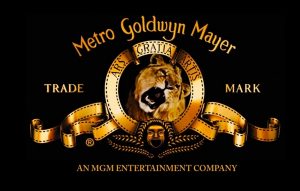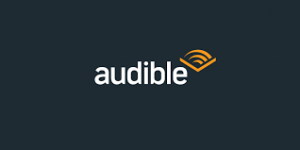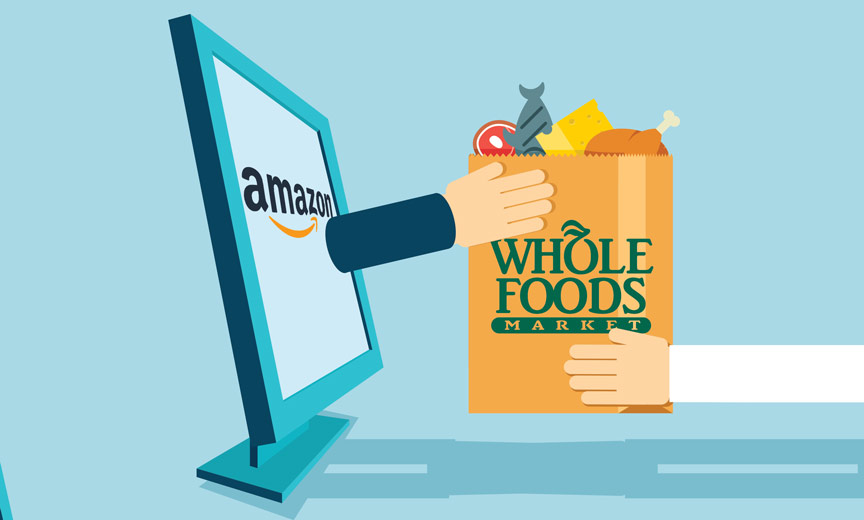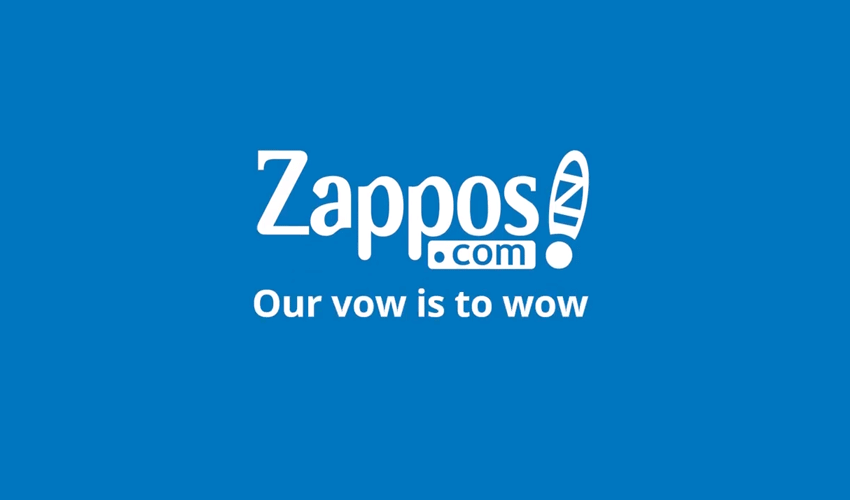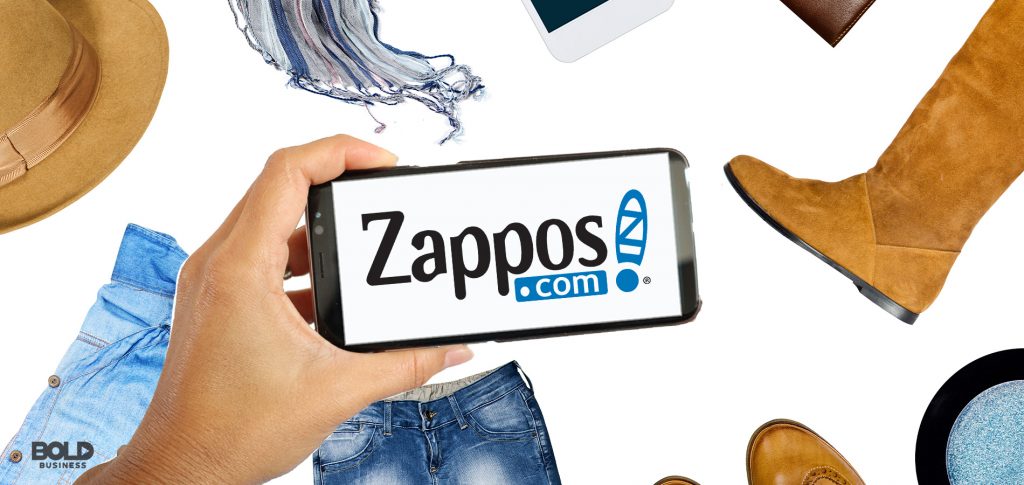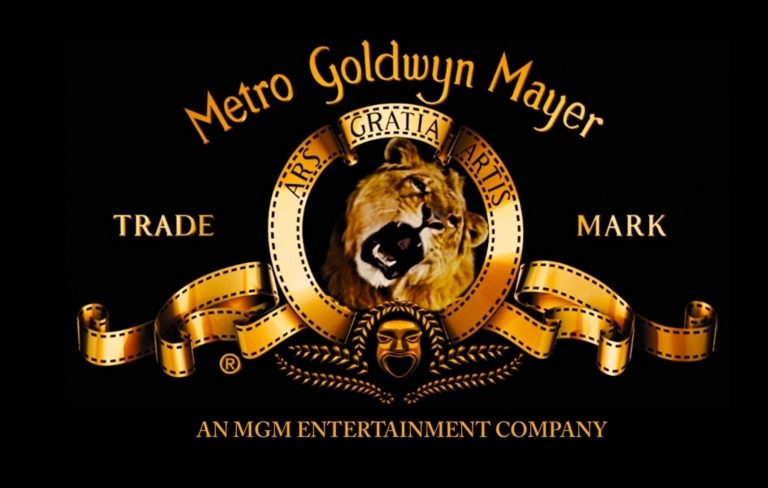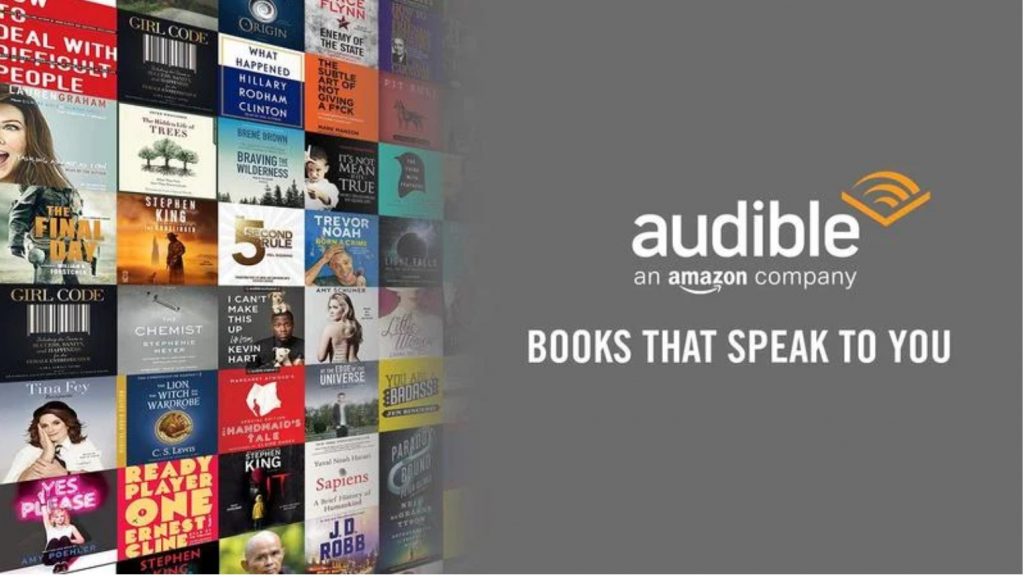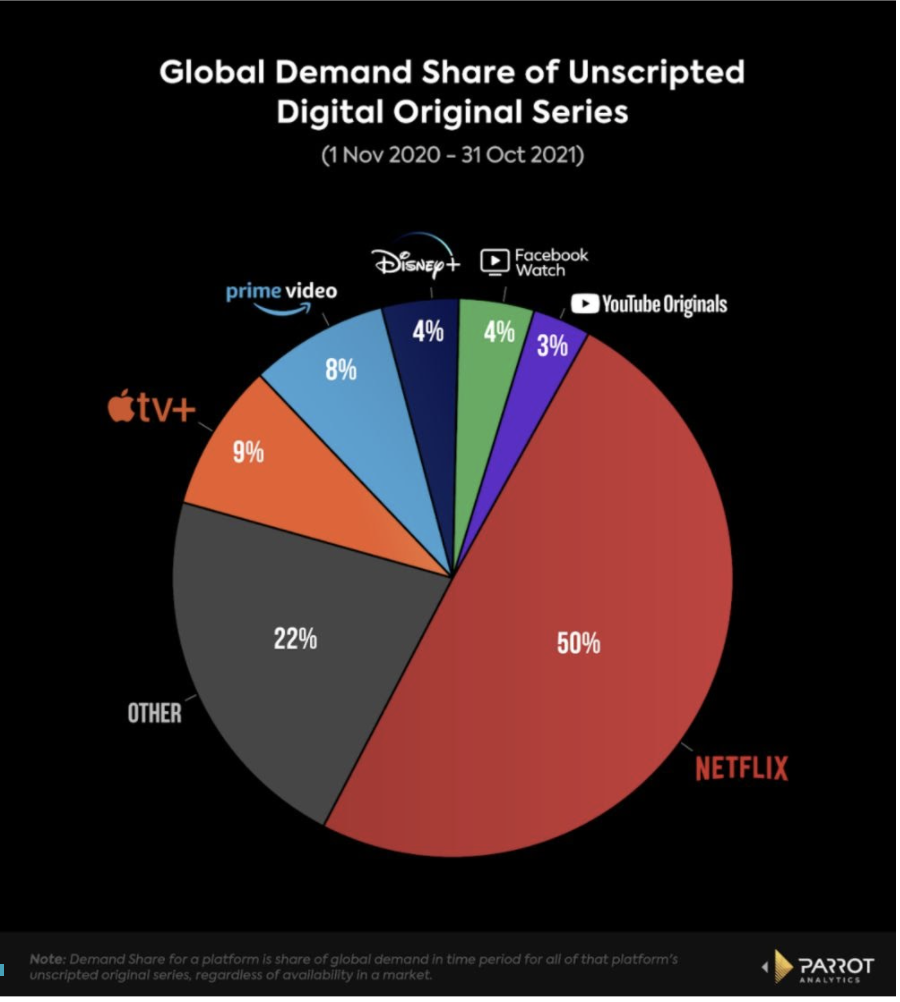Whole Foods
Amazon’s acquisition of Whole Foods was highly talked about– and not just because of the price tag that came with the transaction. Amazon acquired 100% of the Whole Foods stock on August 28th, 2017 for $13.7 billion ($42 per share) in cash. The buyout came as a surprise to many because the two companies seemed to have very different interests on the surface. Before the acquisition went through, Whole Foods was commonly referred to as “Whole Paycheck” because of its steep prices. Contradictorily, Amazon was known for championing low prices.
The lack of alignment in the companies’ price models did not deter Amazon from pursuing the grocery company, however. Amazon aggressively pursued Whole Foods because the e-commerce company wanted to learn more about the grocery industry. Before the August buyout, Amazon had previously experimented with grocery stores and related fixtures; notably, they started “Amazon Go” and “Amazon Fresh,” brick and mortar grocery stores in which customers are able to shop without checking out, and a grocery delivery service, respectively. Owning a grocery store giant like Whole Foods provided a plethora of knowledge that Amazon wanted to use to become more competitive players in the grocery industry.
Bezos’ company has been successful in this endeavor, and as of December of 2021, Amazon Fresh stores have expanded to California, Washington state, Illinois, Maryland, Pennsylvania, Virginia and D.C. These grocery stores prioritize low-prices and same day delivery, which match the model of the company’s online platform. Additionally, these stores offer organic produce that is priced significantly lower than the counterparts sold at Whole Foods and products from its own “Amazon Kitchen” brand which is similar to Whole Foods’ “Whole Foods 365” brand.
